The events below were made more likely, or more extreme, by climate change.
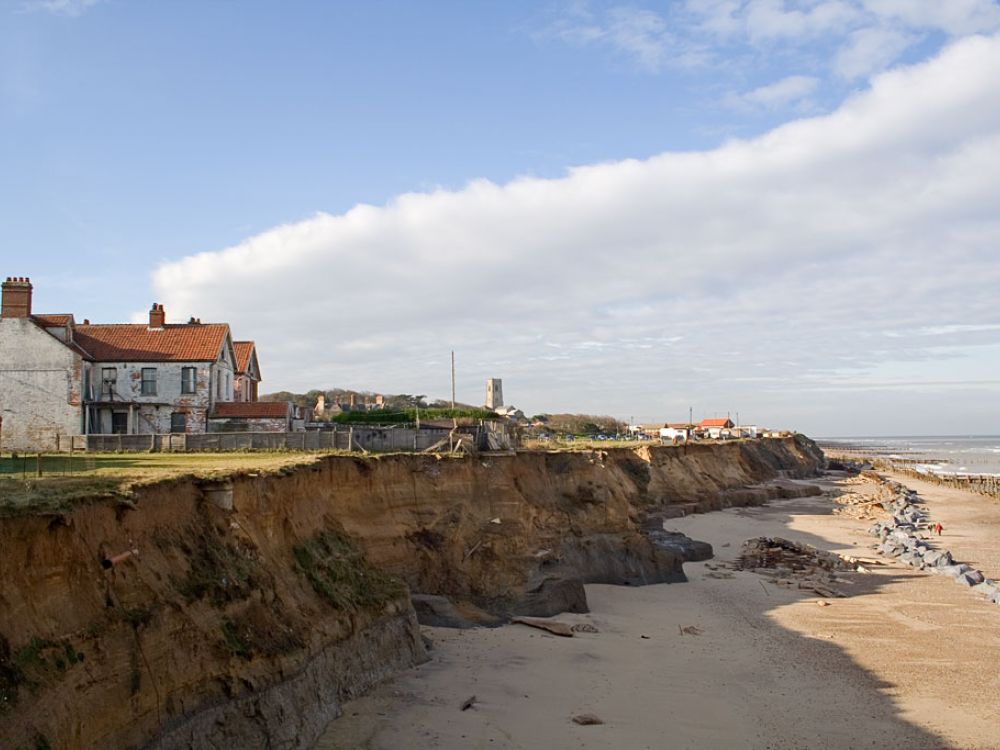
1. Norfolk sliding into the sea

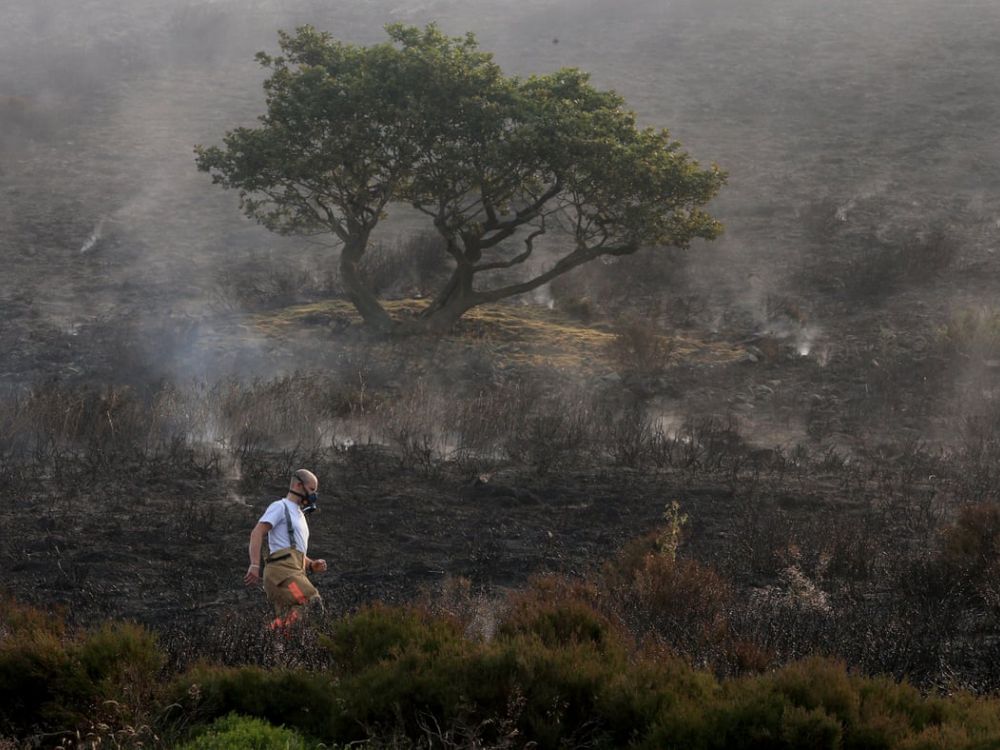
2. North West moorlands up in smoke

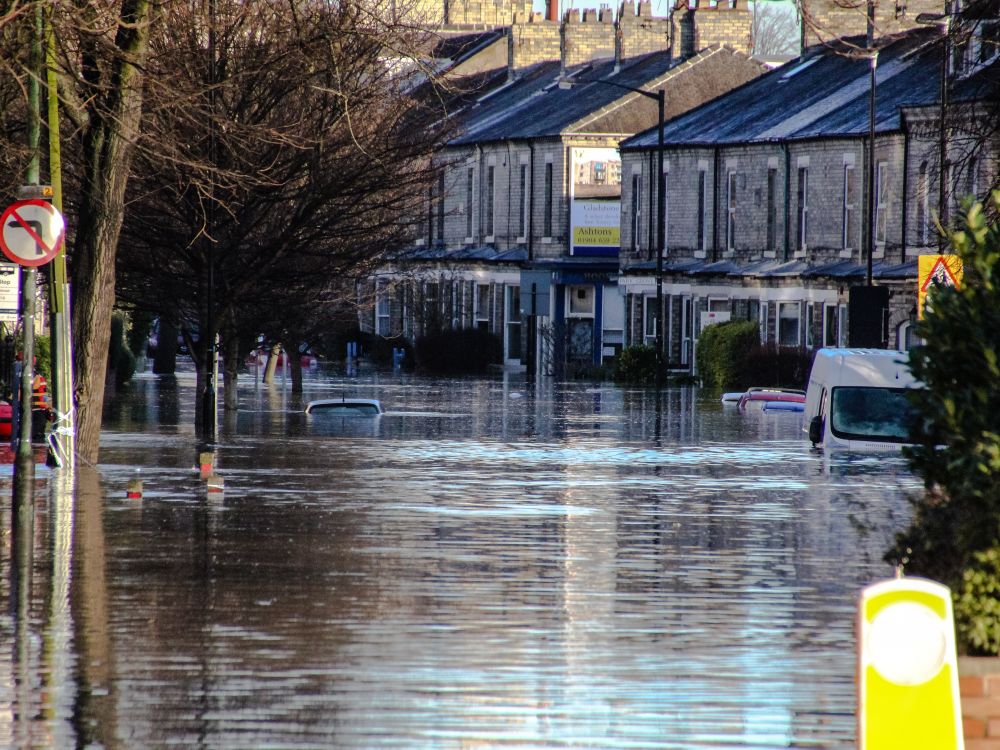
3. York and Leeds under water


4. Vanishing seabirds in the Shetlands


5. Flooding in Somerset too

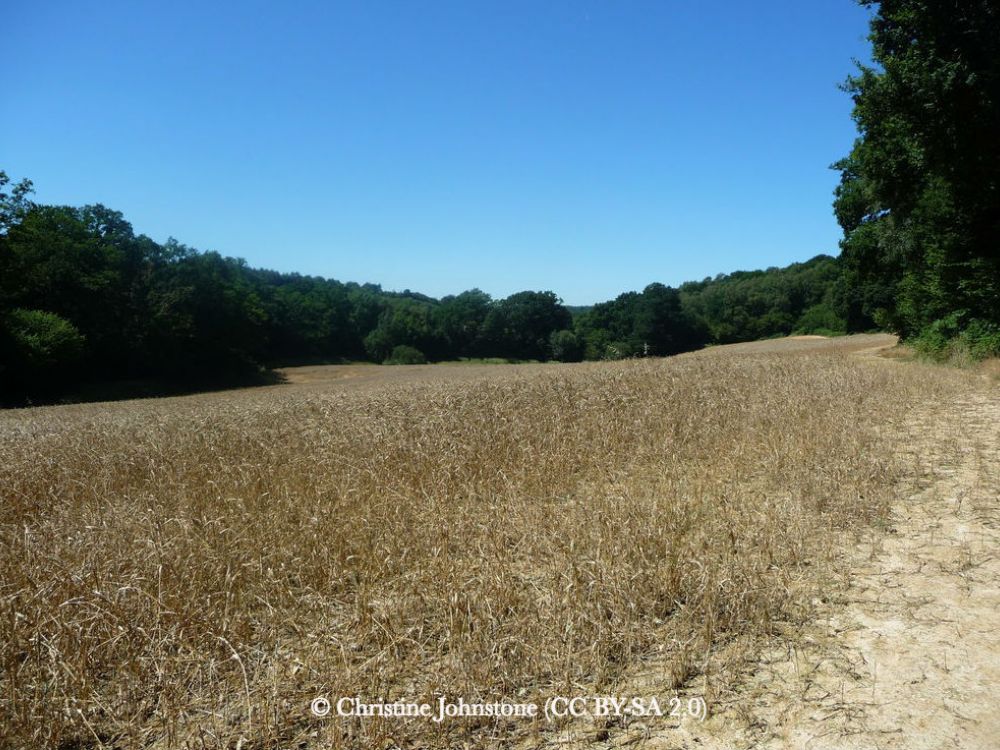
6. Scorched farms in the South

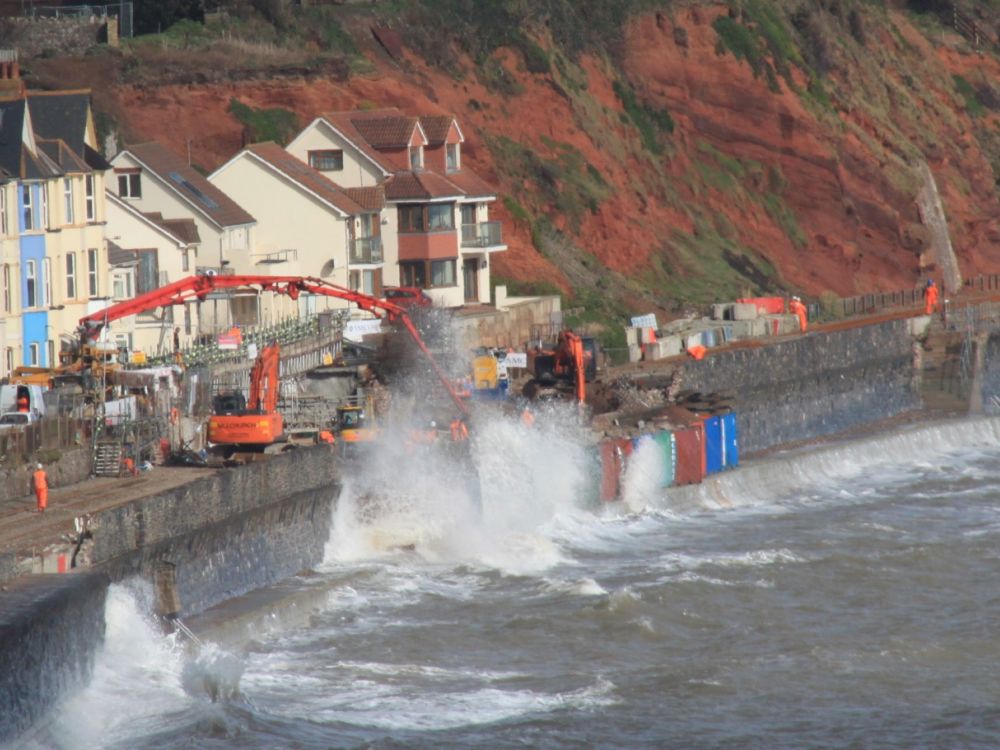
7. Lost railways in Devon and Cornwall

